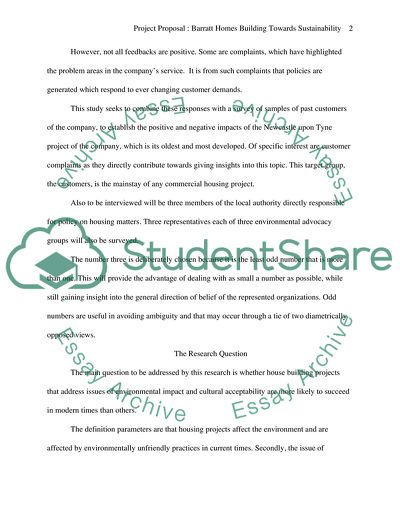Cite this document
(“Building Towards Sustainability: Developing a Better Future Through Essay”, n.d.)
Retrieved from https://studentshare.org/engineering-and-construction/1556572-building-towards-sustainability-developing-a-better-future-through-housebuilding
Retrieved from https://studentshare.org/engineering-and-construction/1556572-building-towards-sustainability-developing-a-better-future-through-housebuilding
(Building Towards Sustainability: Developing a Better Future Through Essay)
https://studentshare.org/engineering-and-construction/1556572-building-towards-sustainability-developing-a-better-future-through-housebuilding.
https://studentshare.org/engineering-and-construction/1556572-building-towards-sustainability-developing-a-better-future-through-housebuilding.
“Building Towards Sustainability: Developing a Better Future Through Essay”, n.d. https://studentshare.org/engineering-and-construction/1556572-building-towards-sustainability-developing-a-better-future-through-housebuilding.


